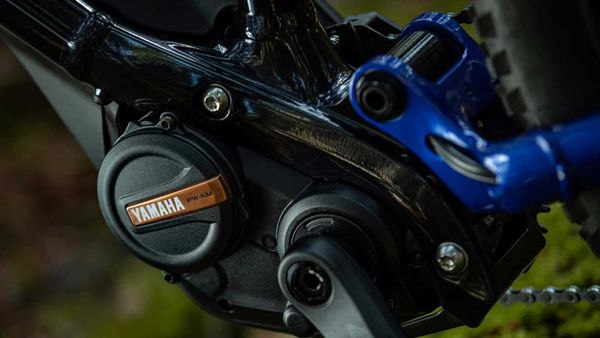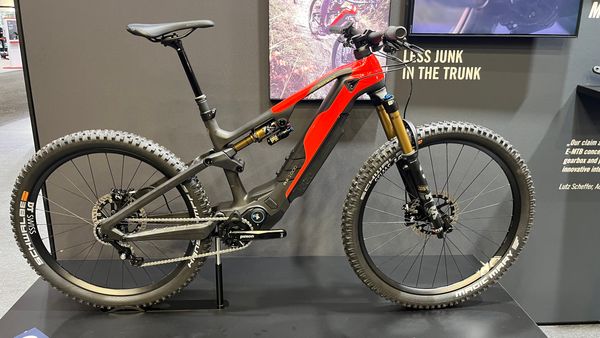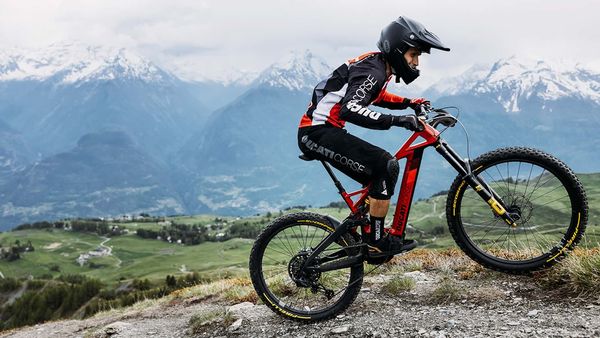
When it comes to e-bike systems, there are mainly two things manufacturers focus on: performance and weight. Powerful e-bike systems tend to be heavy, but produce massive amounts of power and torque. Conversely, lightweight e-bike systems are compact and weigh next to nothing, but require a lot more muscle power from its user.
On the performance side of the e-bike world, a lot of bikes gravitate towards the latter – lightweight e-bike systems with adequate power, but with sophisticated technology and lightweight construction. We've seen it in recent e-bike systems from Bosch in the form of the Performance Line SX, and Yamaha's recently launched PW-XM motors. This time around, there's a new player in the game: German manufacturer Brose. Instead of focusing on one aspect, it hopes to tackle both with its newest 48-volt Drive 3 Peak which boasts light weight and impressive power.

Granted, at 2.9 kilograms in the magnesium version, it's a few grams heavier than its rivals. However, in terms of performance, it blows everyone else out of the water. The Brose Drive 3 Peak has a torque rating of 95 Newton-meters, with a nominal output of 250 watts in compliance with European e-bike regulations. Even better, though, is that it has up to 410-percent pedal assist – more than the Bosch Performance Line CX Race's 400 percent.
The brains of the system are pretty cool, as well. The new Drive 3 Peak motor features a stepless system that allows you to switch between assist modes without any interruption to the torque delivery. The result is a smooth and seamless motor that can be adjusted to your specific needs on the fly. Of course, the 48-volt e-bike motor is compatible with Brose's smartphone app, further unlocking extra tuning and adjustment possibilities.
Last but not least, the top-of-the-line Drive 3 Peak features a rather large 814-watt-hour battery pack that claims a charge time of about three to four hours. The battery even comes with a USB Type-C port, allowing you to charge your gadgets on the go. The new e-bike system is set to hit the market in 2024, so we still have a ways to go before we actually see it in action.










